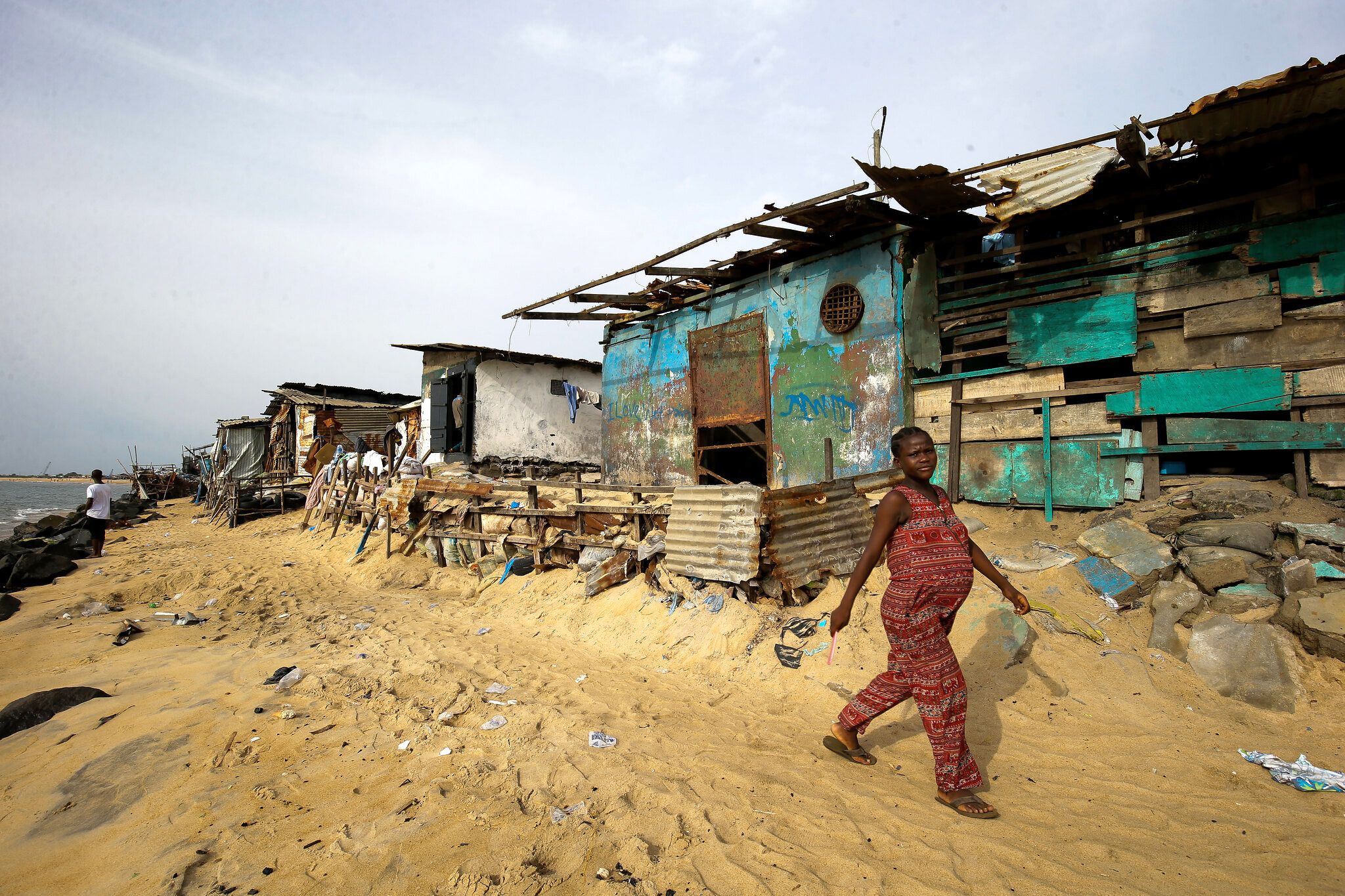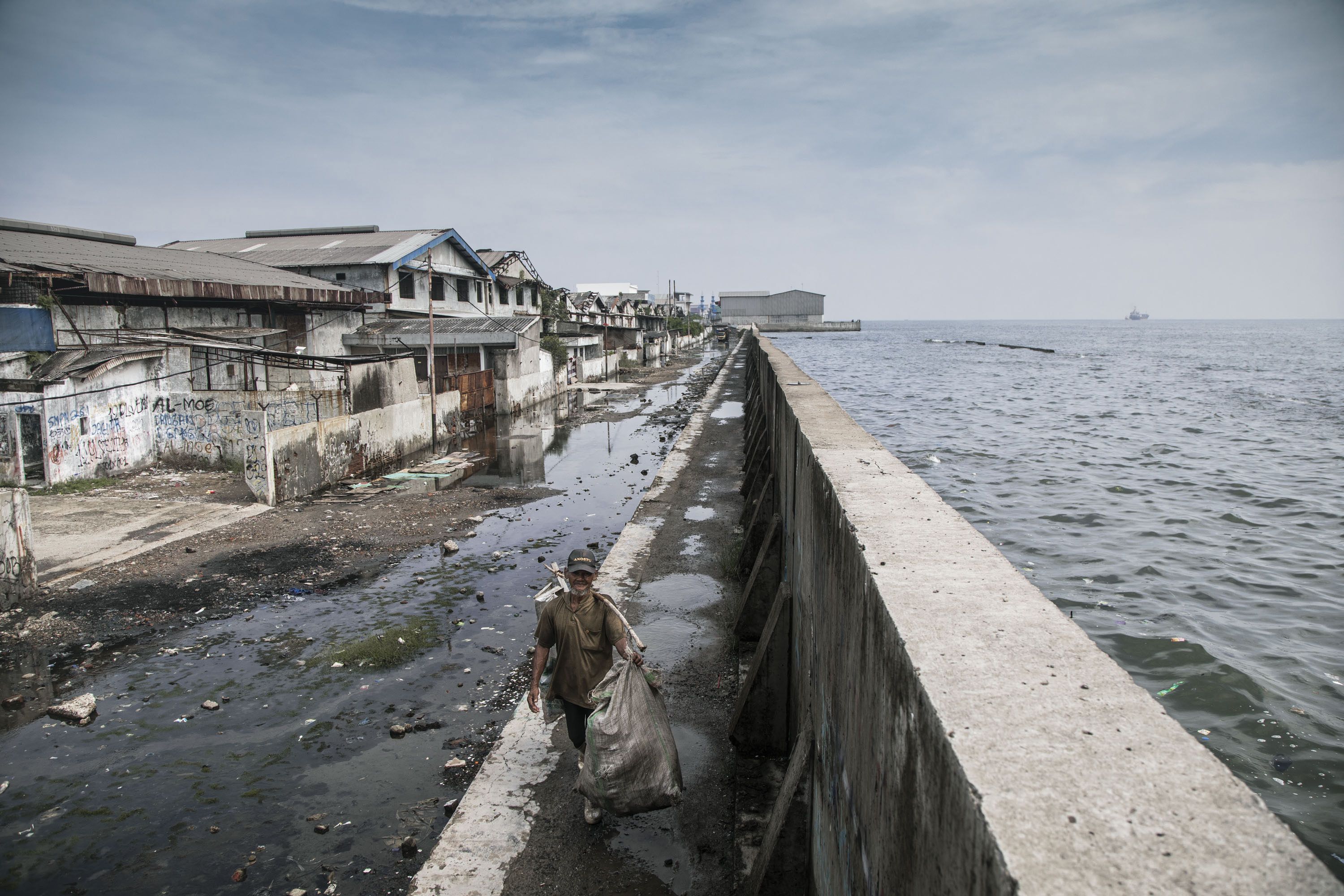Along with politicians, civil society representatives and business leaders, the COP26 Climate Summit held in Glasgow for the last two weeks was an opportunity for activists for youth and youth leaders to have their say too.
At an event organized by the Global Alliance Cities 4 Children, a network supported by Cities Alliance, policymakers, youth activists and urban experts spoke up about the link between saving the environment and the health and wellbeing of children.
“In the last few years, children and young people have taken to the streets and social media to have their demands for action heard voices heard. Now it’s time ideas must come into policymaking,” said Helen Clark, former prime minister of New Zealand and current chair of the Partnership for Maternal, Newborn and Child Health.
When young people do get a say they come up with great innovations because they see the links between the issues and how making the planet more sustainable is good for all. Children and young people must be at the heart of all issues that affect them.
Helen Clark, former prime minister of New Zealand
Cites 4 Children is a coalition of about 25 groups vitally concerned about the wellbeing and health of children in cities, particularly those living in growing informal urban settlements. Members come from NGOs, academia, the private sector, civil society, local government organizations and UN agencies.
The issue of children, youth and climate change is of particular importance because they make up the largest share of residents of cities, approximately between 350 to 500 million worldwide.
This number is expected to double in ten years. Indeed, these days childhood is mostly experienced in cities and towns. The climate of many cities is inhospitable for children with 93% breathing air that puts their health and wellbeing at risk.
"When planning for cities, we need to remember that children make up the majority of people living in informal settlements. We need to focus on providing basic services, like water, access to primary health care, addressing food insecurity, and areas for play and schooling", said Greg Munro, director of Cities Alliance in a video released ahead of the event in Glasgow.
The aim of the coalition is to advocate with local governments and city leaders to ensure all children’s rights to a healthy, safe and sustainable environment are met. During the event, the Alliance called city authorities to provide basic services including access to safe drinking water and sanitation, healthcare, decent housing, and education to the most vulnerable children, as ways to protect and better prepare children and youth to withstand the negative impacts of climate.
“We have to ensure we have safer and greener cities and urban transport so children and marginalized people in society are more impacted. Children are the voice of the future and stand up and correct others when they are wrong,” said Pohamba Shifeta, Namibia’s Minister of the Environment and Tourism. “If we take these steps children will congratulate us rather than condemn us.”
One aim of the session was to inspire action based on the work being done by youth activists, particularly those living in fragile urban settings. A point made by nearly every speaker is that lack of measures for climate resilience, adaption and mitigation disproportionately impacts the most vulnerable and marginalized. This is an urgent social justice issue.
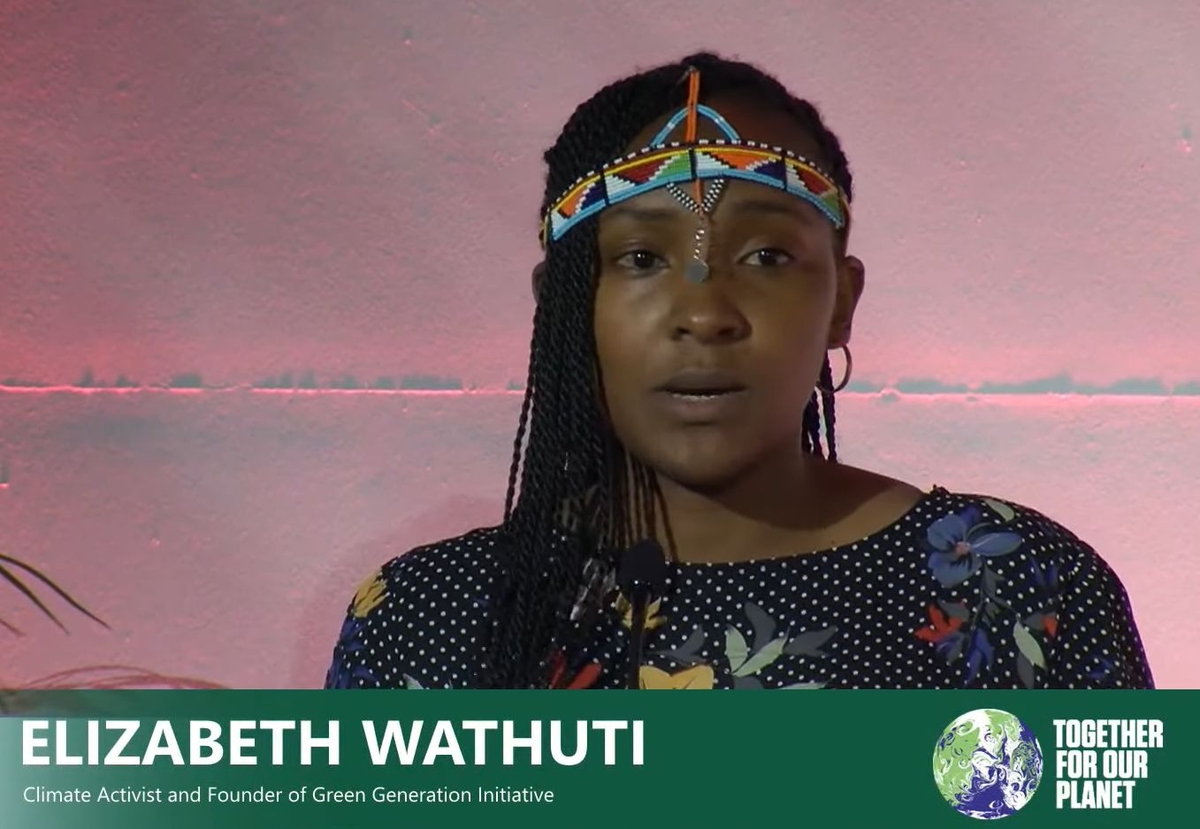
“In planting a tree, I learned I could give back life. By planting a tree, the children are saying I will not be a victim. By planting a tree, they are saying I will not stand by and watch the world die. By planting a tree, they are cleaning up their own air, growing their own food, and building a loving connection with nature that calms their fears. By planting a tree, they are planting seeds of hope,” said Elizabeth Wathuti, a 24-year old environmentalist and climate activist.
The Green Generation Initiative, an organization founded by Wathuti in Nairobi, has helped Kenyan students plant thousands of trees at their schools. It also organizes action in defence of endangered local urban green spaces.
We need to give children real agency to shape the world in which they live. The preservation of nature is vital and so is children's health. Any development must be designed to protect both.
Elizabeth Wathuti, climate activist, Kenya
While the messages from speakers were hopeful and ambitious, it was also important to note that the impact of climate change on children is severe and diverse.
“Green space which is crucial for children wellbeing is rapidly disappearing in many cities around the world. And yet we have an opportunity because a lot of the neighbourhoods that will house the growing urban populations are yet to be built and we would like the future to look a lot better,” said Sarah Sabry, Global Lead on urban issues at Save the Children. Sabry is also the Chair of the Global Alliance of Cities 4 Children. “We are confident that the solutions that will address the climate crisis will also make cities better for young people.”
To effect changes it’s important to engage leaders. Engaging policymakers is something that young climate activists are learning to do with more success.
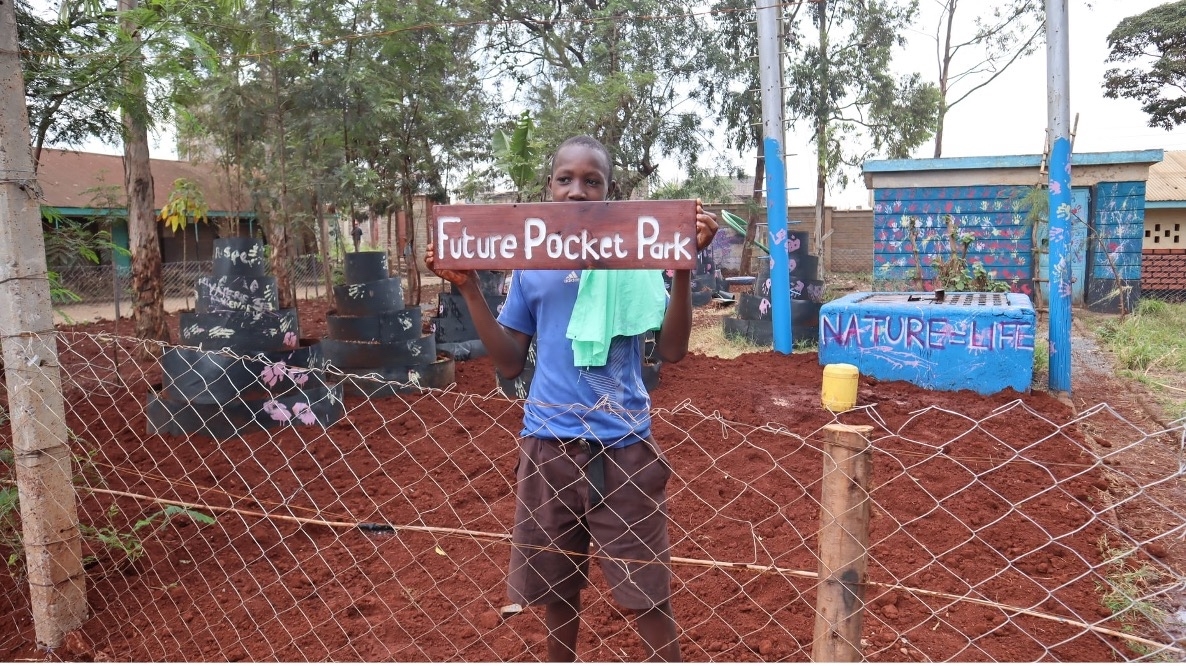
“We use different methodologies like digital storytelling to have community engagement and we bring policymaking people to listen to the people,” said Daniel Onyango, a community youth leader from Nairobi and founder of Hope Raisers, an initiative supported by Cities Alliance in Kenya.
"What we are doing is showing policymakers a way that can include the voices of youth and people from marginalized communities. You would be so surprised because these people have some of the solutions to these challenges, that are usually never presented, he added.
One of the biggest disconnects is you have people who are affected by policies and they are never invited to talk about these issues.
Daniel Onyango, founder of Hope Raisers
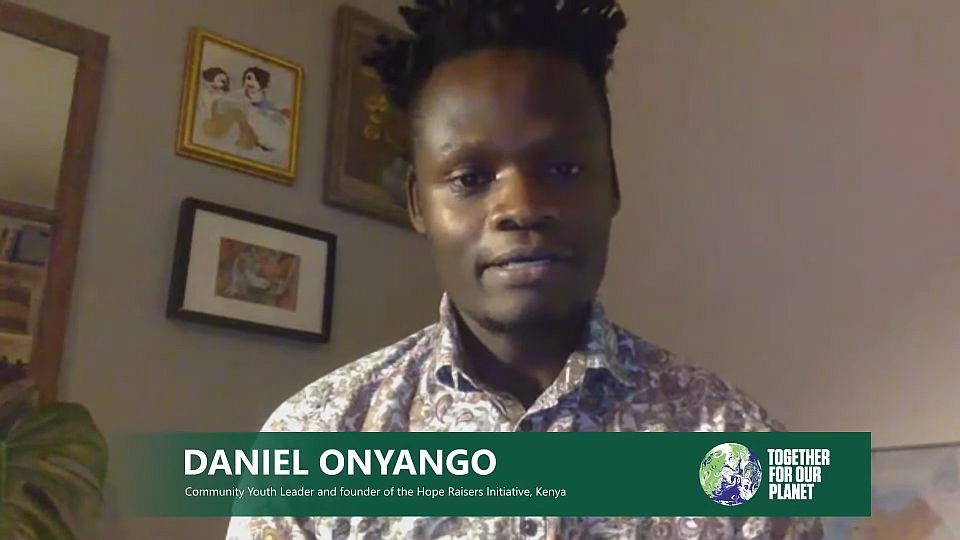
The world needs more such initiatives. Children and young people experience multiple burdens caused directly by climate change, as well as by the sources of the climate crisis such as transport. These burdens impact health and wellbeing as well as compound other inequalities such as poverty, social exclusion and access to opportunities and services.
“One of my genuine worries is that we are almost putting too much of a responsibility for fixing the climate on young people,” said Tim Gill, a writer and advocate for children’s play and mobility. “I want to see cities that are not only talking to children but are actually building a children’s lens into what they are doing, so they are looking at outcomes. Are the measures cities are introducing having a good result for young people?"
Watch the recording of the event:


